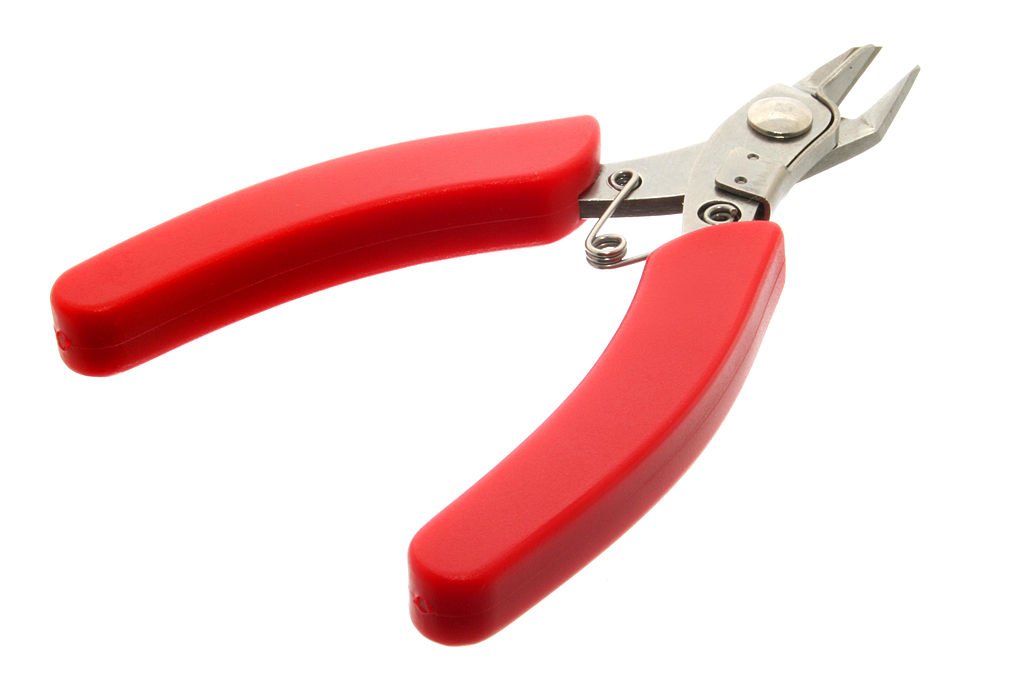Table of Contents Show
Garden boots can be high, medium, or low. Each model offers a particular advantage.

High boots help protect the foot from dirt and insect bites, especially in winter when the garden turns into a large muddy ground! That’s not all! You can also avoid all the risks and dangers of equipment left on the ground.
Long garden boots also protect the feet against the cold! Indeed, it is equipment that keeps your shoes warm, regardless of the weather outside.
In the same context, half or low boots are suitable for gardening in summer when temperatures are less low and long boots become a little more troublesome.
How to Choose the Best Garden Boots?
To choose the best pair of garden boots, you should pay close attention to the following selection criteria:
Criteria n°1: the Size of your Boots
Indeed, the size criterion for a garden boot is not similar to that of ordinary shoes.
Indeed, you absolutely must choose a slightly larger size to leave a little space inside and between your toes and the boots. Tight or too tight, the pair of boots will be uncomfortable, and its use will become awkward.
PS: After a few uses, walking with rubber gardening boots may change due to heel lift, but don’t worry, you’ll get used to it very quickly. This is completely normal with boots made of this material.
Criteria n°2: long, Low, or half?
Another criterion on which you must focus is the very type of shoe. Indeed, as mentioned above, there are various types of garden boots, including:
- Long-shank boots.
- Low-cut boots.
- Mid-calf boots.
In fact, the question is not just aesthetic. The safety provided by the boots also varies according to the height of the upper. Long garden boots are the best in terms of safety, as they protect the entire foot from injuries, water, mud, insects, and accidents.
By wearing them, you will feel more confident to start your activity, and this, whatever the type of terrain on which you will be working. Half or low boots are more suitable for occasional activities or for gardening enthusiasts. These especially protect the toes.
Read Also:
Criteria n°3: the Weight
Weight is not the first criterion that comes to mind when choosing a garden boot, but it is just as important. Don’t forget that you will be wearing these shoes for long hours. They must therefore be more or less light so that they do not tire you more.
In general, we tend to think that rubber shoes are heavier than other models, but this is not really the case. Currently, rubber shoes provide the same comfort as shoes made of other materials, in particular PVC or TPE.
Criteria n°4: color
Finally, aesthetics can be a determining criterion for some. Good news, today gardening boots come in many different colors and patterns to suit all tastes.
Pink, red, brown, black with flowers or with pockets, the boots are available in several models. It’s up to you to choose the ones that appeal to you the most.
How to Maintain Gardening Boots?
To ensure their longevity, you need to take good care of your gardening boots. Indeed, each material requires different maintenance.
After each use, you should make sure to thoroughly clean your boots with plenty of water to remove mud. Be sure to remove any objects that may be stuck to the sole of your boots such as stones, leaves, etc.
Regular maintenance preserves the aesthetics of the boots, but also their solidity. If you have rubber boots, we advise you to use natural products to clean them. A sponge soaked in soapy water will be ideal to preserve the aesthetics of the shoes.
Make sure to remove traces of mud and avoid solvents or other chemicals. If your shoes are really dirty, use elbow grease or white vinegar mixed in your water.
Rinse afterward with fresh water and let them dry in a dry place, away from direct sunlight. This maintenance preserves the quality and durability of your pair of boots.









